Category: Guides & Outfitters
-
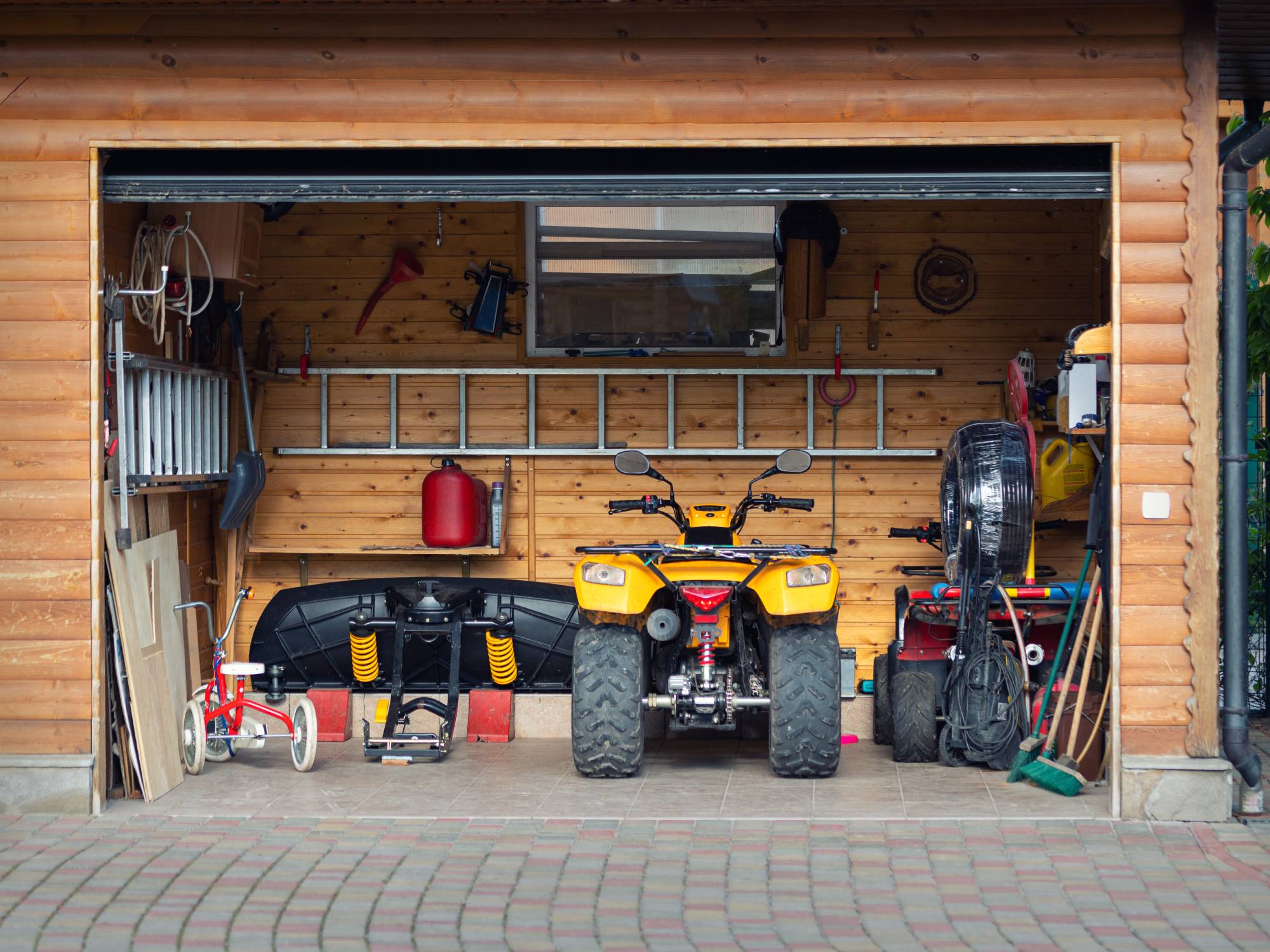
How To Turn Your Garage Into Outdoor Equipment Storage
Your outdoor adventures in Texas use a lot of equipment, and this equipment needs proper storage. Here’s how to turn your garage into outdoor equipment storage.
-
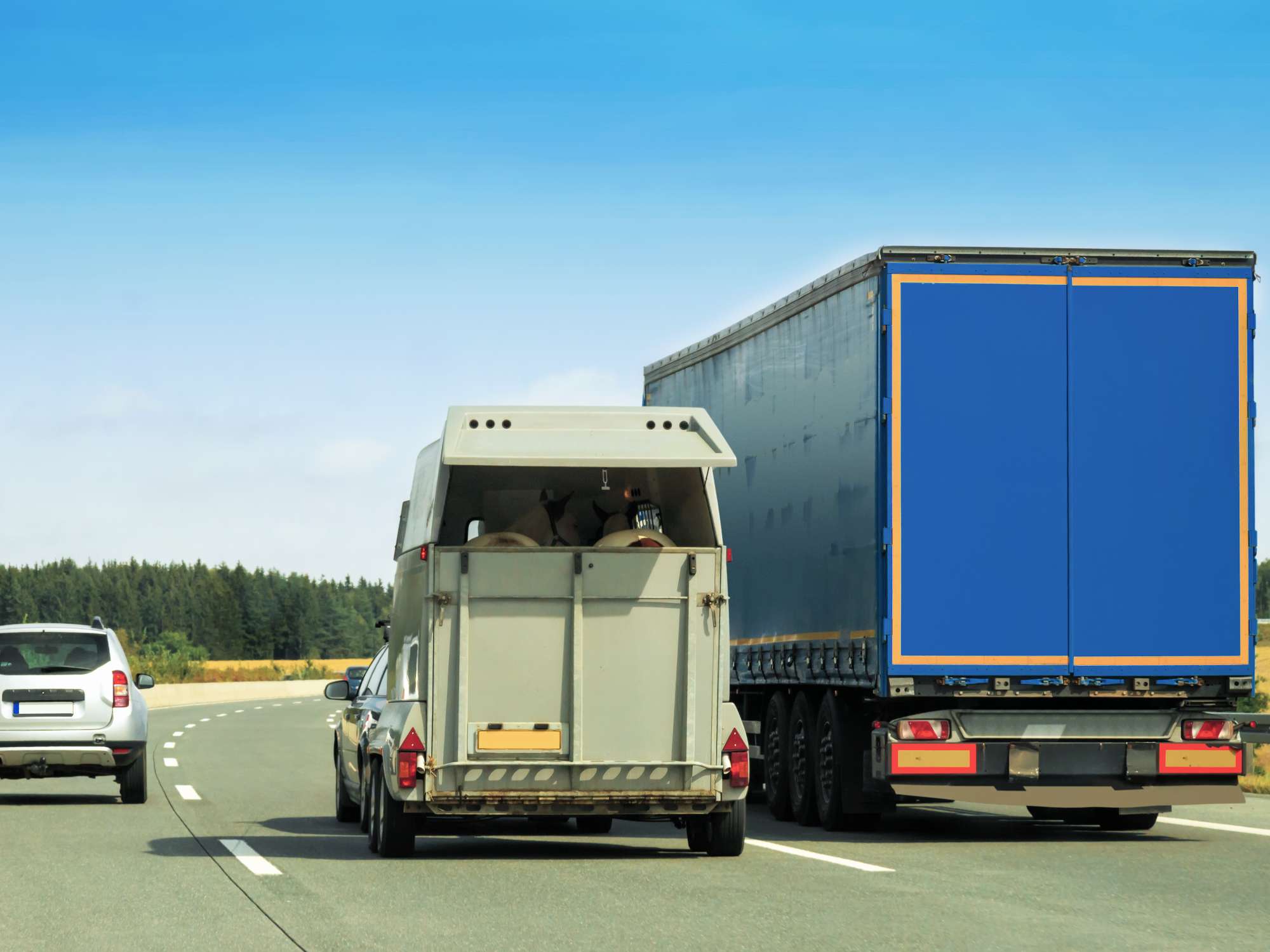
Share the Road With Trucks and Trailers Safely
When you’re hurrying to your favorite fishin’ hole or hunting spot, it’s important to share the road with trucks and trailers safely.
-
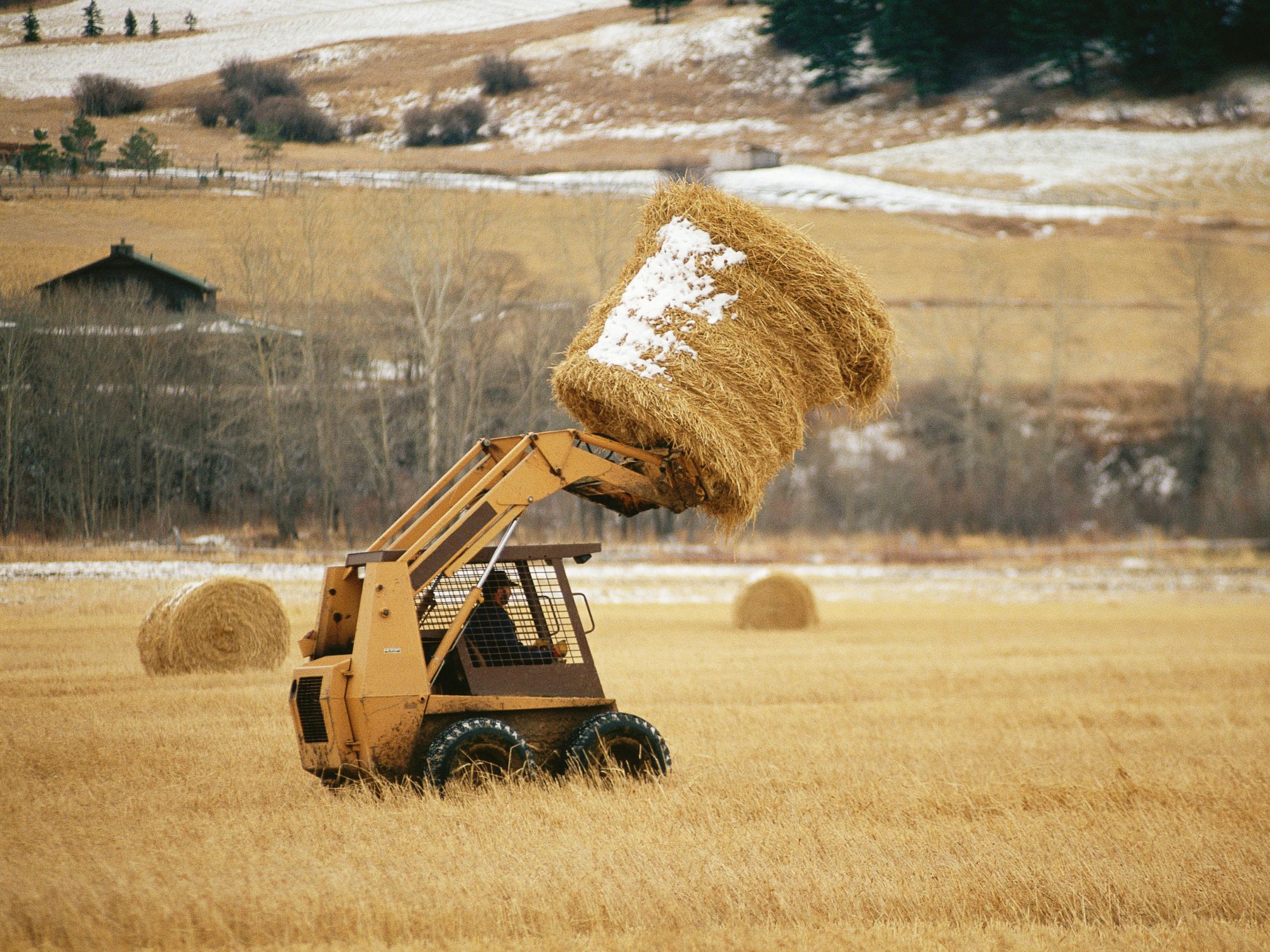
Must-Know Tips for Maintaining Your Ranch
Are you a ranch owner looking to keep your property in top shape? Check out these essential tips for maintaining your ranch and keeping it thriving.
-
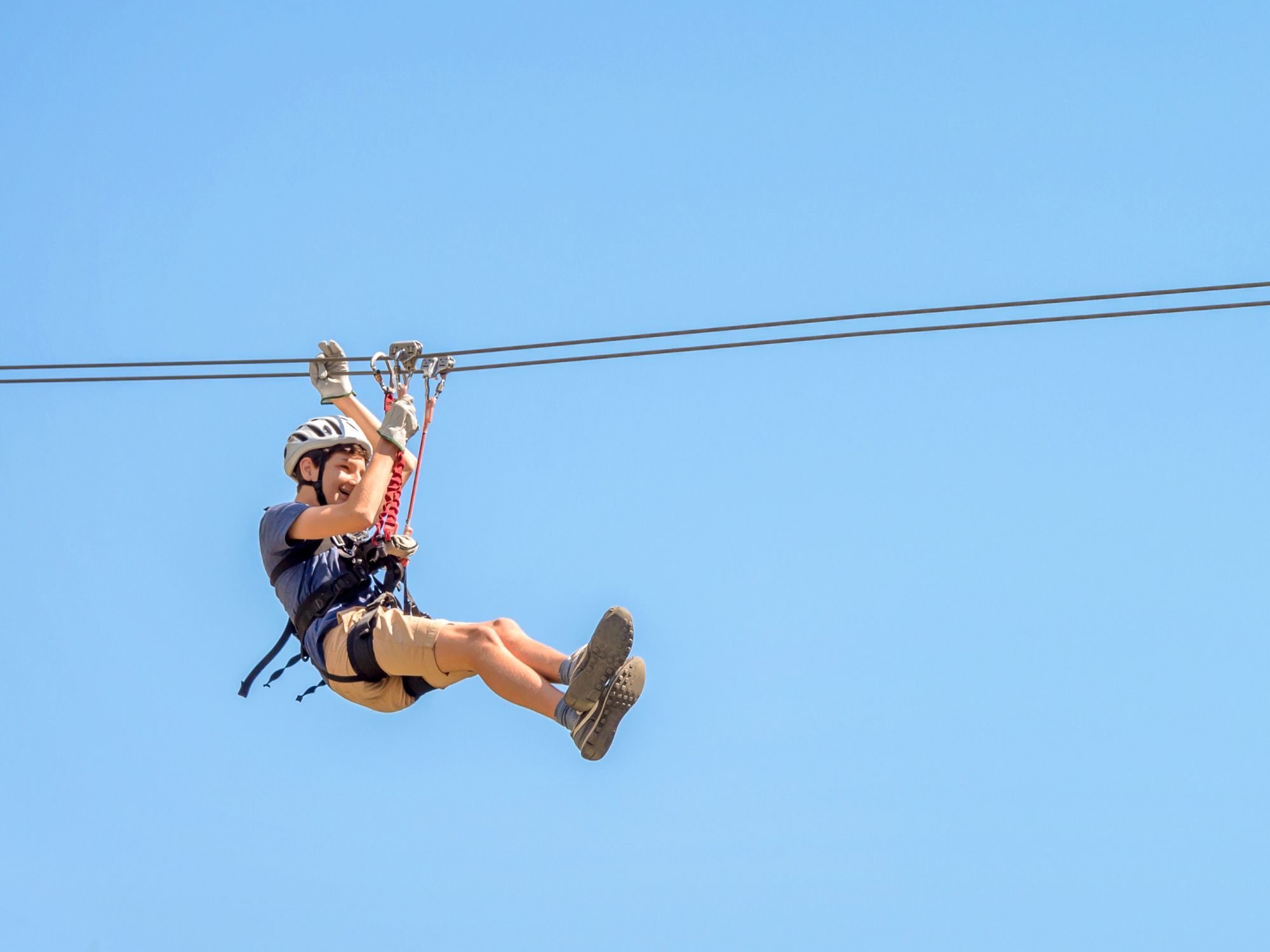
Top 5 Unique Summer Thrills To Try This Year
Are you thinking about family-friendly but thrilling ways to spend your summer? Keep reading to discover a few Texas adventures to try this year.
-
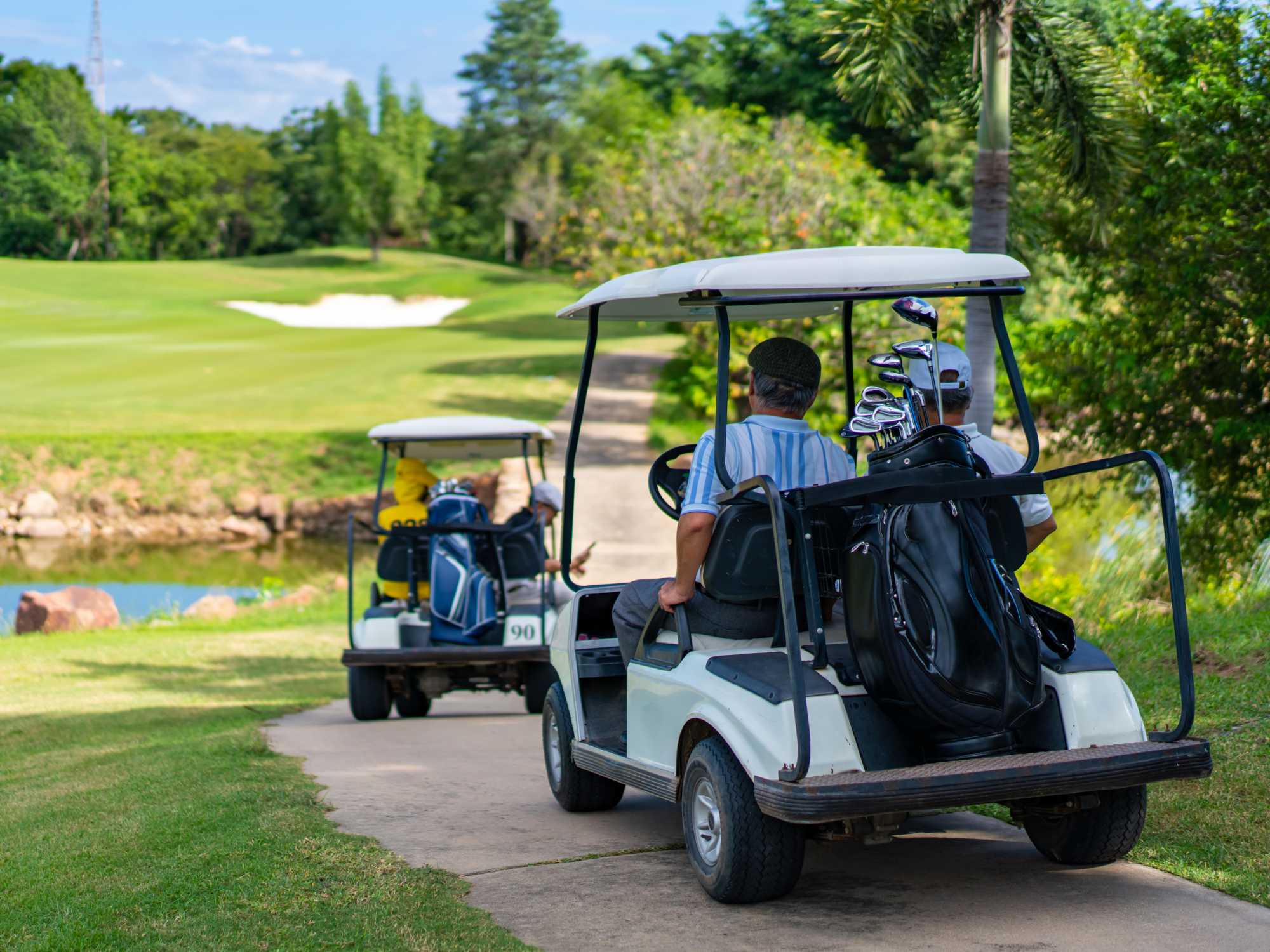
Beat the Heat With These Summer Golf Tips
Beating the heat on the golf course requires a strategic plan and some careful steps. We help you stay cool and enjoy the game with some helpful tips.
-
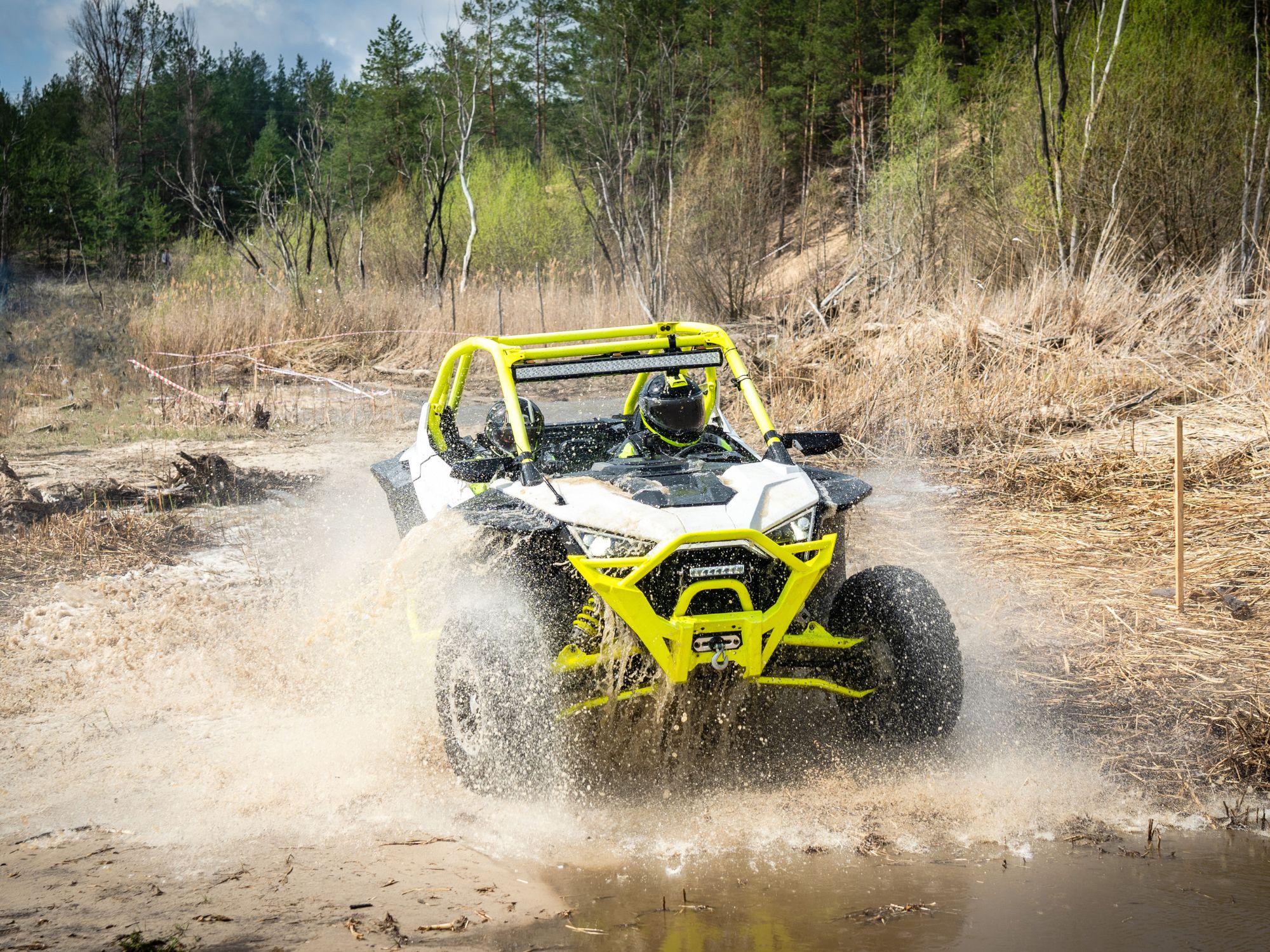
Upgrade Suggestions for Your Outdoor UTV
Discover essential upgrades for your outdoor UTV that enhance performance, safety, and comfort. From tires to accessories, elevate your off-road experience.
-
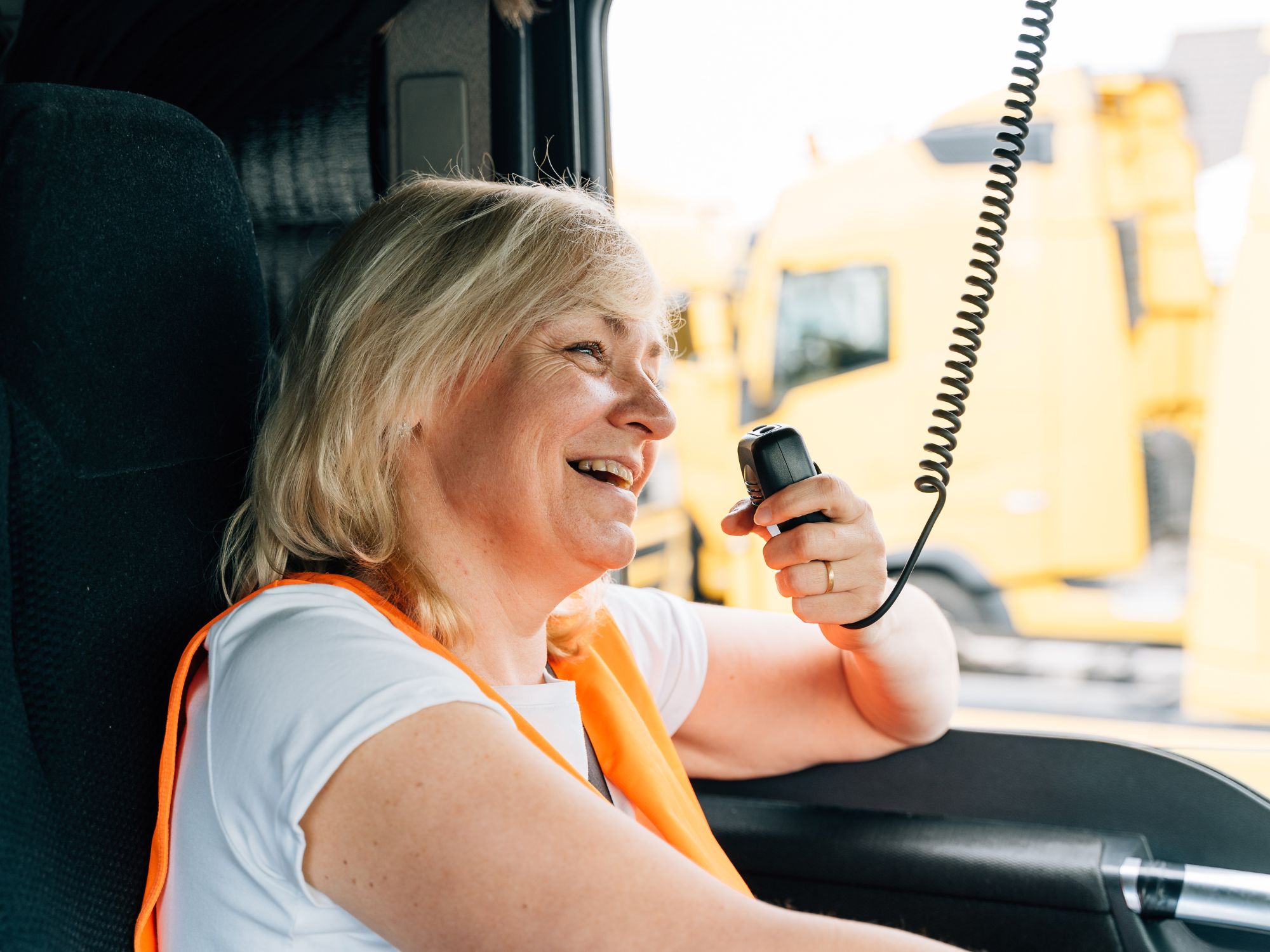
Tips To Make a Long Truck Drive More Manageable
For small and large businesses, the trucking industry is an essential step in product distribution. Learn how to make a long truck drive more manageable.
-

Landscaping Refresh: Ways To Efficiently Handle the Project
Do you feel like your property could use a refresh this year? Don’t you worry. Discover ways to handle a landscaping project efficiently here.
-

Differences Between Silos, Grain Bins, and Grain Elevators
Storage structures are integral to the agricultural industry, and farmers use many kinds. Learn the differences between silos, grain bins, and grain elevators.
-
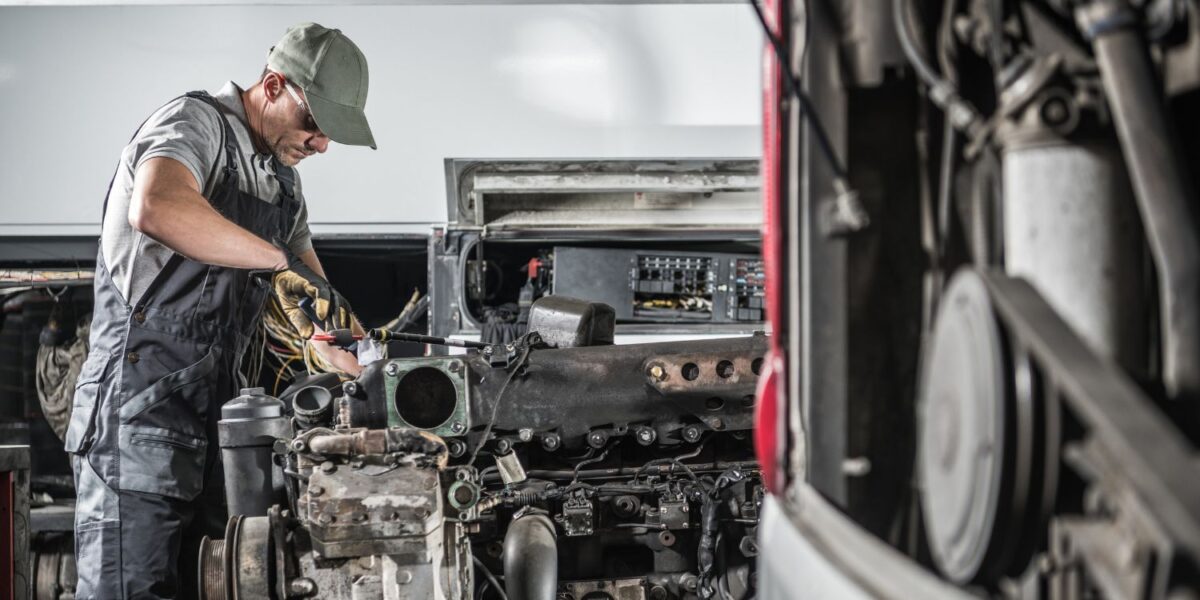
Fun Facts You Probably Didn’t Know About Diesel Engines
Most engines in the United States run on gasoline. However, there are many exciting things about diesel engines that you may not be aware of.
-
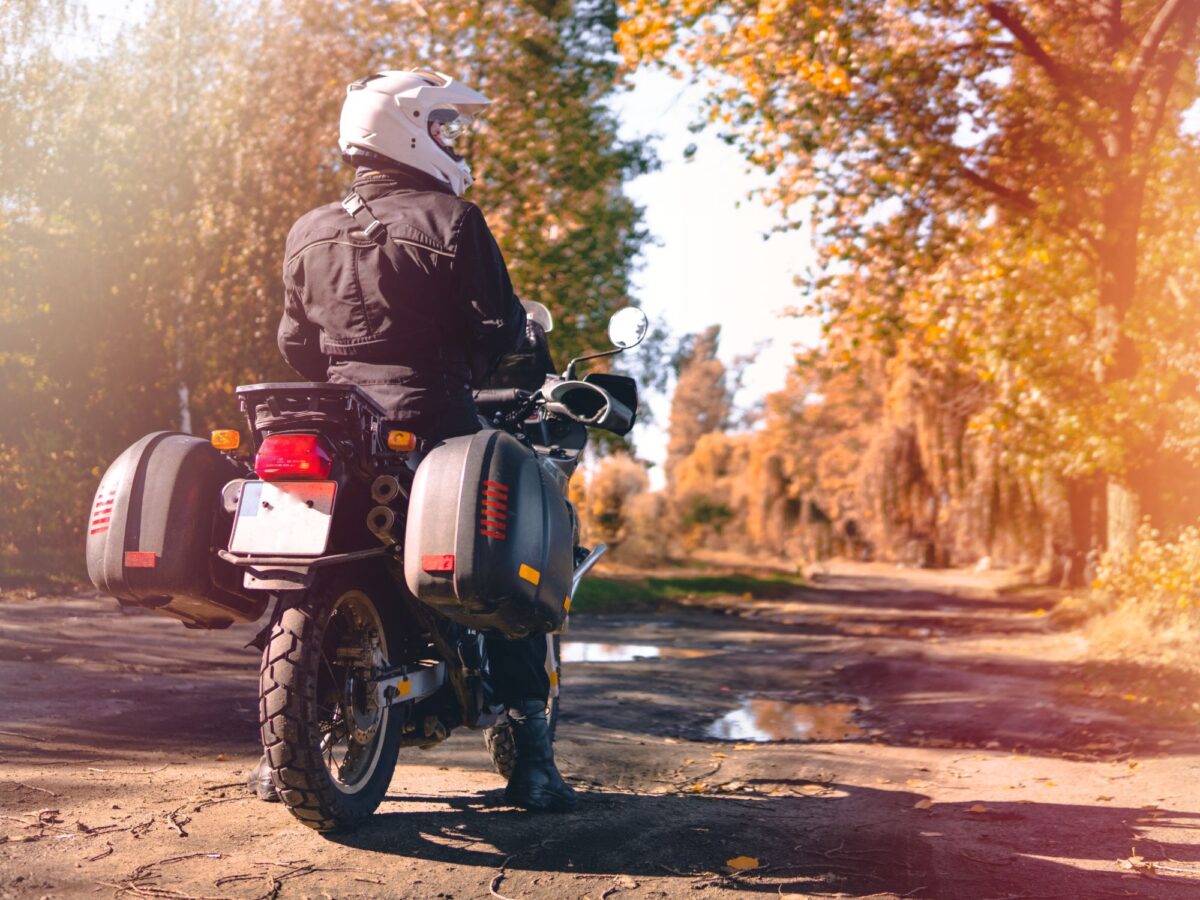
The Types of Terrain You’ll Encounter When Off-Roading
When the outdoor trails call your name, and you heed them with your bike, knowing the types of terrain you may experience will help you have the best ride.
-
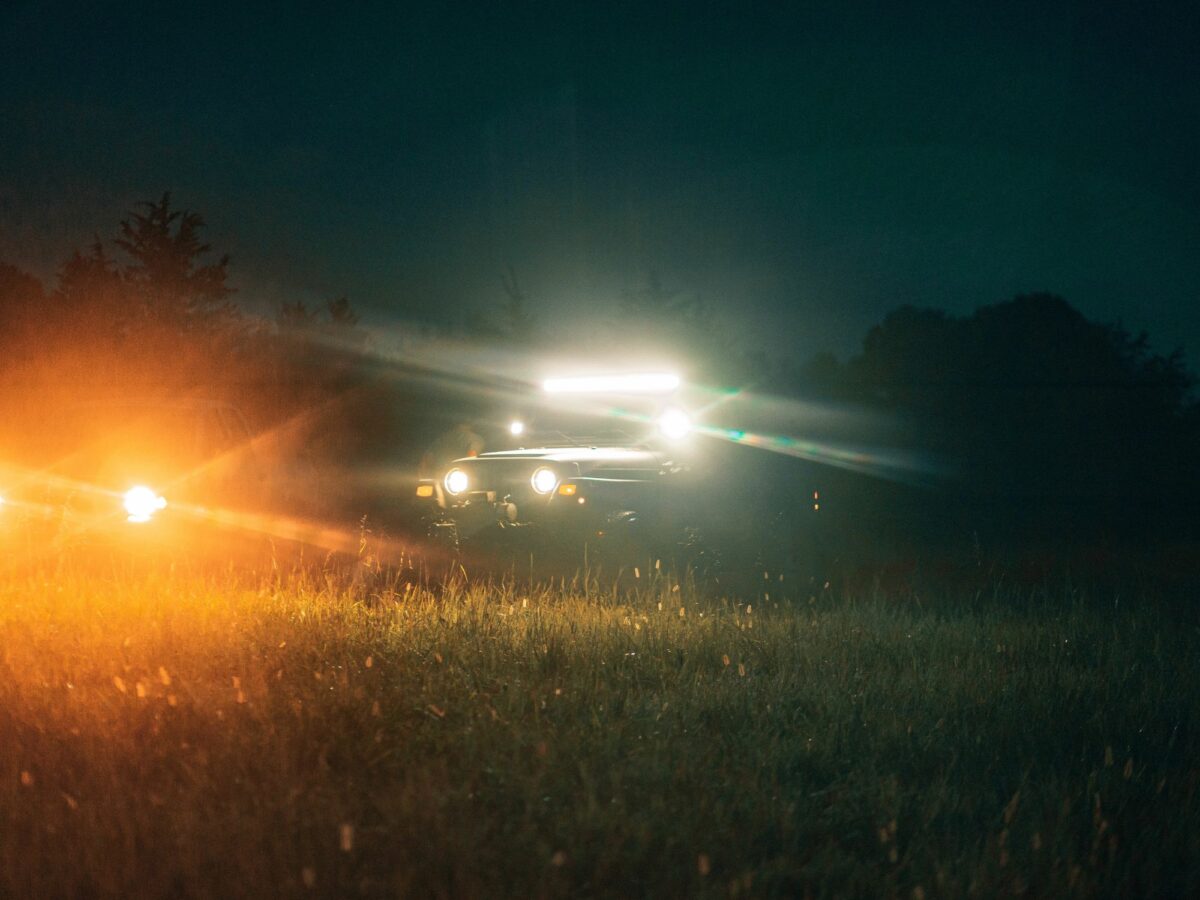
Ultimate Guide to Overland Light Beam Patterns
Use the ultimate guide to overland light beam patterns to equip your vehicle with all the tools you need to see the path ahead of you at all times.